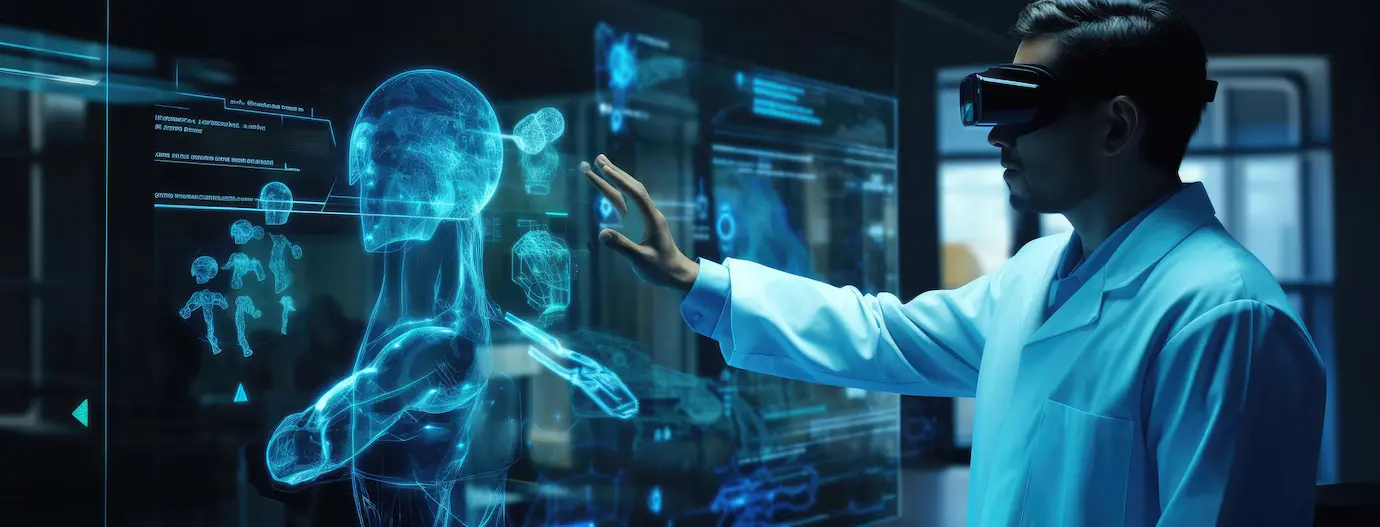How Autonomous Tech is Revolutionizing Healthcare and Medicine

Advances in technology have been revolutionizing various industries, and healthcare is no exception. One of the most exciting developments in this field is the use of autonomous technology to improve healthcare delivery and patient outcomes. Autonomous tech refers to technologies that can perform tasks without direct human intervention, and when applied to healthcare, it opens up a world of possibilities.
The Role of Autonomous Tech in Remote Patient Monitoring
Remote patient monitoring (RPM) is becoming increasingly popular in the healthcare industry, allowing healthcare providers to monitor patients' vital signs and health data from a distance. One key technology that is playing a significant role in RPM is autonomous tech.
Autonomous technology, which includes artificial intelligence (AI), machine learning, and robotics, is revolutionizing the way healthcare is delivered. In the context of remote patient monitoring, autonomous tech is being used to track and analyze patient data in real time, allowing healthcare providers to make more informed decisions about patient care. One of the main benefits of autonomous tech in RPM is the ability to gather and process large amounts of data quickly and accurately. This allows healthcare providers to monitor patients more effectively and intervene when necessary, potentially preventing serious health complications or hospitalizations.
Additionally, autonomous tech can help healthcare providers identify patterns and trends in patient data that may not be immediately apparent. For example, AI algorithms can analyze data from wearable devices to detect changes in a patient's vital signs that may indicate a potential health problem. This early detection can lead to faster interventions and better outcomes for patients. Another key role of autonomous tech in RPM is the ability to provide personalized care to patients. By analyzing individual patient data, AI algorithms can generate personalized treatment plans and recommendations that are tailored to each patient's unique needs and conditions. This personalized approach can lead to better patient outcomes and improved patient satisfaction.
Applications of Autonomous Tech in Surgical Procedures
As technology continues to advance at a rapid pace, it is no surprise that autonomous technology is making its way into various industries, including healthcare. One area where autonomous tech is starting to show great potential is in surgical procedures. With the ability to perform tasks with precision and efficiency, autonomous technology is revolutionizing the way surgeries are being conducted.
One of the key applications of autonomous tech in surgical procedures is robotic-assisted surgery. Robots are being used to assist surgeons in performing minimally invasive procedures with greater accuracy and control. With the help of robotic systems, surgeons can perform complex surgeries with smaller incisions, less blood loss, and faster recovery times for patients. This technology is particularly useful in delicate procedures, such as cardiac surgeries or neurosurgery, where precision is crucial.
Autonomous tech is also being used in the development of surgical robots that can perform certain procedures autonomously. These robots are equipped with sensors, cameras, and AI algorithms that allow them to navigate the surgical environment, identify surgical instruments, and perform specific tasks with precision. While fully autonomous surgeries are still in the early stages of development, the potential for these robots to assist in surgeries where human error is a significant risk is promising.